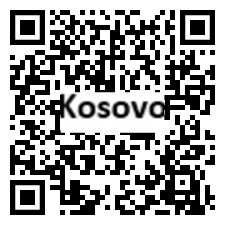Country Summary
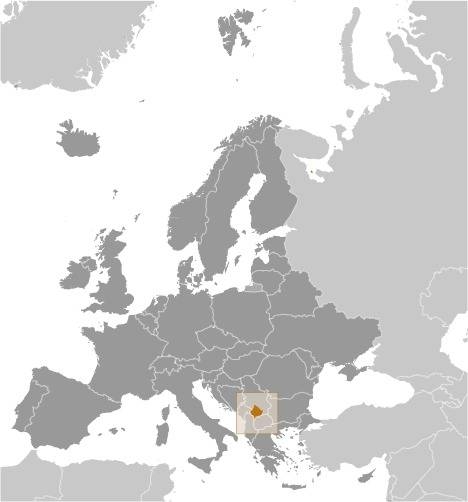
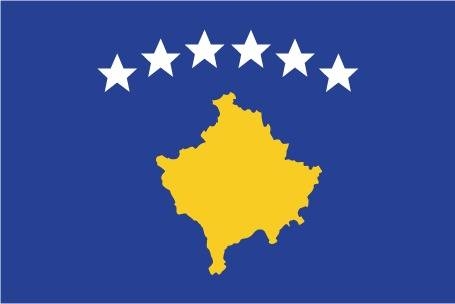
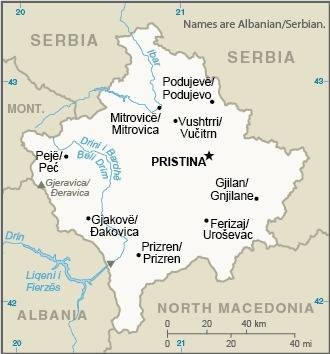
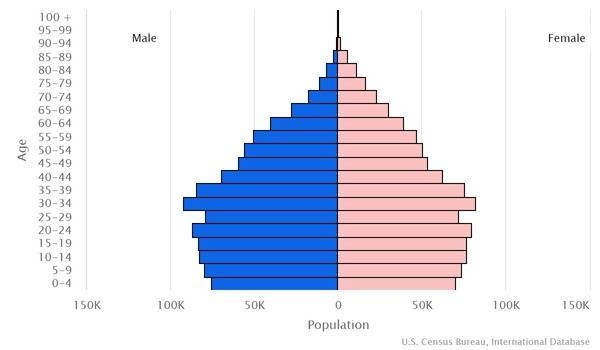
Introduction
Background
During the medieval period, Kosovo became the center of a Serbian Empire and saw the construction of many important Serb religious sites. Formerly part of Yugoslavia, Kosovo became independent in 2008. Demonstrating Kosovo’s development into a sovereign, multi-ethnic, democratic country, the international community ended the period of Supervised Independence in 2012.
Geography
Area
total: 10,887 sq km
land: 10,887 sq km
water: 0 sq km
Climate
influenced by continental air masses resulting in relatively cold winters with heavy snowfall and hot, dry summers and autumns; Mediterranean and alpine influences create regional variation; maximum rainfall between October and December
Natural resources
nickel, lead, zinc, magnesium, lignite, kaolin, chrome, bauxite
People and Society
Population
1,952,701 (2022 est.)
Ethnic groups
Albanians 92.9%, Bosniaks 1.6%, Serbs 1.5%, Turk 1.1%, Ashkali 0.9%, Egyptian 0.7%, Gorani 0.6%, Romani 0.5%, other/unspecified 0.2% (2011 est.)
Languages
Albanian (official) 94.5%, Bosnian 1.7%, Serbian (official) 1.6%, Turkish 1.1%, other 0.9% (includes Romani), unspecified 0.1%; note - in municipalities where a community's mother tongue is not one of Kosovo's official languages, the language of that community may be given official status according to the 2006 Law on the Use of Languages (2011 est.)
Religions
Muslim 95.6%, Roman Catholic 2.2%, Orthodox 1.5%, other 0.1%, none 0.1%, unspecified 0.6% (2011 est.)
Population growth rate
0.57% (2022 est.)
Government
Government type
parliamentary republic
Capital
name: Pristina (Prishtine, Prishtina)
Executive branch
chief of state: President Vjosa OSMANI-Sadriu (since 4 April 2021)
head of government: Prime Minister Albin KURTI (since 22 March 2021)
Legislative branch
description: unicameral Assembly or Kuvendi i Kosoves/Skupstina Kosova (120 seats; 100 members directly elected by open-list proportional representation vote with 20 seats reserved for ethnic minorities - 10 for Serbs and 10 for other ethnic minorities; members serve 4-year terms)
Economy
Economic overview
small-but-growing European economy; non-EU member but unilateral euro user; very high unemployment, especially youth; vulnerable reliance on diaspora tourism services, curtailed by COVID-19 disruptions; unclear public loan portfolio health
Real GDP (purchasing power parity)
$19.13 billion (2020 est.)
Real GDP per capita
$10,800 (2020 est.)
Agricultural products
wheat, corn, berries, potatoes, peppers, fruit; dairy, livestock; fish
Industries
mineral mining, construction materials, base metals, leather, machinery, appliances, foodstuffs and beverages, textiles
Exports
$1.69 billion (2020 est.)
Exports - partners
Albania 16%, India 14%, North Macedonia 12.1%, Serbia 10.6%, Switzerland 5.6%, Germany 5.4% (2017)
Exports - commodities
mining and processed metal products, scrap metals, leather products, machinery, appliances, prepared foodstuffs, beverages and tobacco, vegetable products, textiles and apparel
Imports
$4.19 billion (2020 est.)
Imports - partners
Germany 12.4%, Serbia 12.3%, Turkey 9.6%, China 9.1%, Italy 6.4%, North Macedonia 5.1%, Albania 5%, Greece 4.4% (2017)
Imports - commodities
foodstuffs, livestock, wood, petroleum, chemicals, machinery, minerals, textiles, stone, ceramic and glass products, electrical equipment
Exchange rates
euros (EUR) per US dollar -
Page last updated: Wednesday, June 15, 2022
